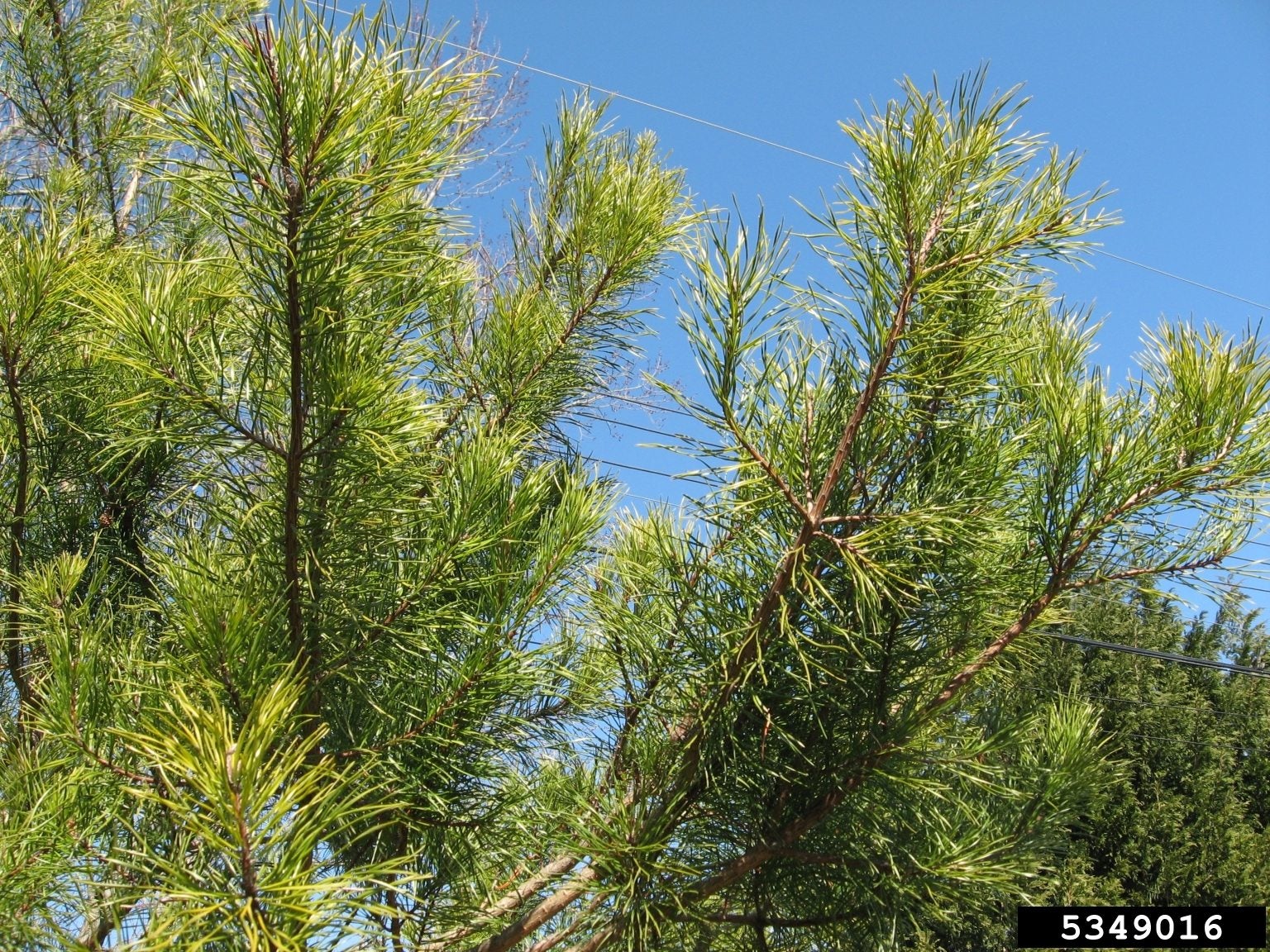Virginia Pine Tree Information – Tips On Growing Virginia Pine Trees


The Virginia pine (Pinus virginiana) is a common sight in North America from Alabama to New York. It is not considered a landscape tree due to its unruly growth and rugged character, but it is an excellent specimen for naturalizing large spaces, re-foresting, and providing habitat and food for animals and birds. Growing Virginia pine trees has become useful for taking over vacant land, which they colonize for 75 years or so before new tree species become dominant. Read on for more Virginia pine tree information and see if this plant is right for your needs.
What is a Virginia Pine Tree?
Virginia pine trees in the landscape are primarily used as barriers, naturalized forests, and inexpensive, slow growing forests. They are scrubby plants with little ornamental appeal and become gnarled and bent in advanced years. Interestingly, the trees are grown in the south as Christmas trees. The Virginia pine is a classic, evergreen conifer. Most specimens reach between 15 and 40 feet (5-12 m.) in height with low branches and a pyramid shape when young. At maturity, trees develop disproportionately long limbs and a scraggly silhouette. Cones come in groups of two or four, are 1 to 3 inches (2.5-8 cm.) long and have a sharp prickle at the tip of the scale. The needles identify the plant as a pine. These are arranged in bundles of two and grow up to 3 inches (8 cm.) long. Their color is yellow-green to dark green.
Virginia Pine Tree Information
Virginia pine is also known as scrub pine due to its untidy appearance and scraggly growth. This pine tree is related to the coniferous group that includes larch, fir, spruce, and hemlock. The tree is also known as the Jersey pine because New Jersey and southern New York are the northern limits of the tree's habitat. Since the needles remain on the tree for up to three years and are stiff and long, the plant also bears the name spruce pine. The pinecones also remain on the tree for years after they have opened and released the seeds. In the wild, Virginia pine grows in un-glaciated soil and rocky outcrops where nutrients are scarce. This makes the tree a very hardy specimen and worthy of planting to reclaim lumbered acreage. USDA zones 4 to 8 are appropriate for growing Virginia pine trees. Although growing Virginia pine trees in the landscape isn't common, it is a useful tree when vacant acreage is present. Many animals and birds use the trees as a home and eat the seeds. The tree grows beautifully in almost any soil but prefers well-drained areas with neutral to acidic pH. Sandy loam or clay soil provides ideal conditions. That said, this tree is so adaptable it can grow where other pines won't and is useful to cover abandoned and infertile areas, giving it yet another name – poverty pine. For the first few years, it is a good idea to stake the tree, train the limbs, and provide average water. Once established, Virginia pine tree care is negligible. The plant is susceptible to breakage, as the wood is weak. It may also be plagued by pine wood nematode and Diplodia tip blight.
Sign up for the Gardening Know How newsletter today and receive a free copy of our e-book "How to Grow Delicious Tomatoes".

Bonnie Grant is a professional landscaper with a Certification in Urban Gardening. She has been gardening and writing for 15 years. A former professional chef, she has a passion for edible landscaping.